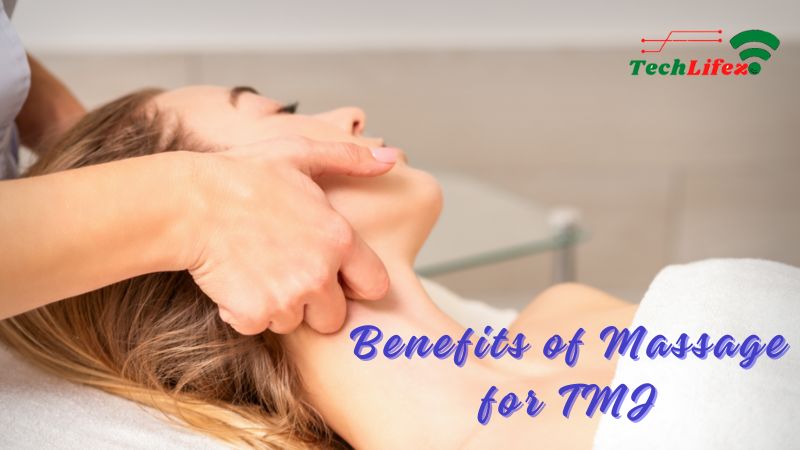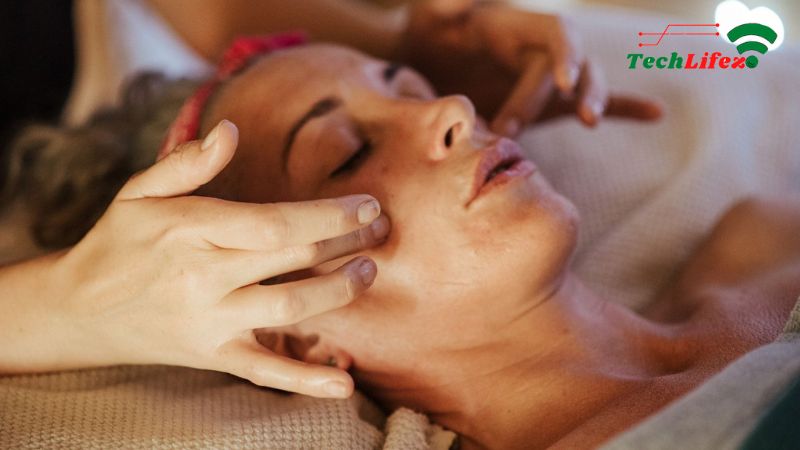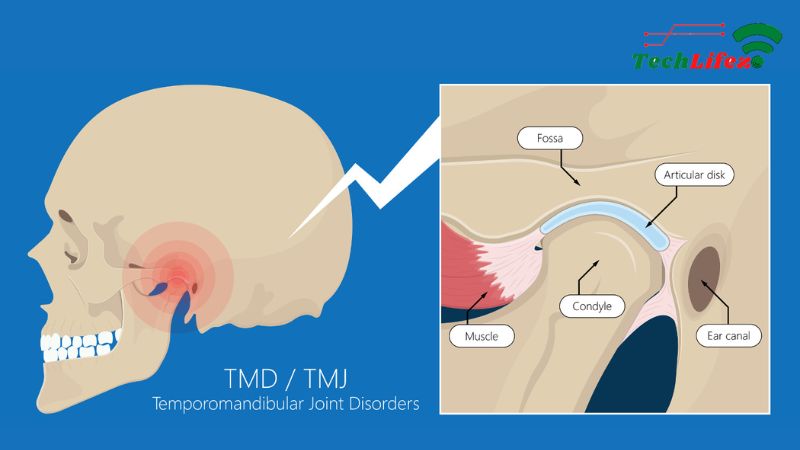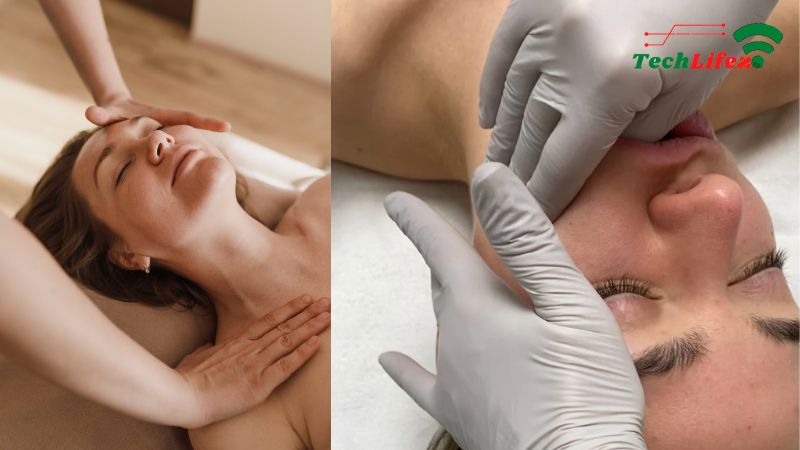In the realm of discomfort and restricted movement, the temporomandibular joint (TMJ) stands out as a frequent source of distress. From jaw pain to headaches, TMJ dysfunction can significantly impact one’s quality of life. Fortunately, amidst the array of treatments available, massage therapy emerges as a gentle yet powerful ally in the quest for relief. Delving into Techlifez its manifold benefits of massage for TMJ reveals a holistic approach to easing TMJ-related discomfort and restoring harmony to jaw function.
Contents
Benefits of Massage for TMJ
1. Relaxation of Muscles
At the core of TMJ dysfunction lies muscular tension, often stemming from stress, poor posture, or habitual clenching. Herein lies the first boon of massage therapy: the relaxation of muscles. Through targeted techniques, massage therapists can alleviate tension in the jaw, neck, and shoulders, thereby reducing strain on the TMJ itself.
2. Enhanced Blood Circulation
Improved blood circulation serves as a cornerstone of healing in the realm of TMJ dysfunction. By fostering better blood flow to the affected area, massage therapy facilitates the delivery of vital nutrients and oxygen to muscles and tissues. This enhanced circulation not only promotes healing but also mitigates inflammation, a common culprit behind TMJ pain.
3. Pain Relief
For those grappling with TMJ-related discomfort, relief is often sought in various forms. Massage therapy offers a natural avenue for pain relief, harnessing the body’s innate mechanisms. Through the release of endorphins—the body’s natural painkillers—and the disruption of muscle knots and trigger points, massage can alleviate the often-debilitating pain associated with TMJ dysfunction.
4. Stress Reduction
The intricate interplay between stress and TMJ dysfunction underscores the importance of addressing mental and emotional well-being in tandem with physical symptoms. Massage therapy serves as a potent tool in this regard, promoting relaxation and reducing stress levels. By unwinding both mind and body, massage helps mitigate jaw clenching and teeth grinding, common manifestations of stress-induced TMJ dysfunction.
5. Improved Range of Motion
Restricted movement is a hallmark of TMJ dysfunction, often manifesting as difficulty opening or closing the jaw. Massage therapy intervenes by promoting improved range of motion through gentle stretching and mobilization techniques. By enhancing flexibility and mobility in the jaw joint, massage facilitates smoother, more comfortable movement—a welcome reprieve for those grappling with TMJ-related limitations.
6. Decreased Inflammation
Inflammation serves as both a cause and consequence of TMJ dysfunction, exacerbating pain and hindering recovery. Massage therapy addresses this inflammatory cascade by reducing inflammation in the muscles and tissues surrounding the TMJ. Through targeted techniques, massage helps soothe inflamed tissues, fostering a conducive environment for healing and pain relief.
7. Complementary Therapy
In conjunction with professional massage therapy sessions, individuals have the opportunity to enhance their treatment regimen by integrating self-care practices tailored to promote jaw health. Embracing simple yet effective techniques such as engaging in gentle jaw exercises, applying heat or ice therapy, and adopting stress-reduction methods can synergistically amplify the benefits of massage for TMJ. By incorporating these proactive measures into their daily routine, individuals can actively contribute to their healing journey, fostering a holistic approach to jaw health and well-being.
Navigating the Path to Relief
Embarking on a journey toward TMJ relief necessitates informed decision-making and collaboration with healthcare professionals. Before embarking on a course of massage therapy, individuals should consult with a dentist or physical therapist to ascertain the underlying cause of their TMJ dysfunction. Armed with a thorough understanding of their condition, individuals can then explore the benefits of massage for TMJ as part of a tailored treatment plan.
Finding Balance: The Role of the Massage Therapist
Central to the efficacy of massage therapy for TMJ dysfunction is the expertise of the massage therapist. A qualified practitioner possesses the knowledge and skills to employ techniques tailored to the individual’s needs, ensuring optimal results while minimizing the risk of exacerbating symptoms. From gentle Swedish massage to targeted myofascial release, the massage therapist crafts a personalized approach aimed at unlocking comfort and restoring function to the jaw.
Empowering Self-Care
In conjunction with professional massage therapy sessions, individuals have the opportunity to enhance their treatment regimen by integrating self-care practices tailored to promote jaw health. Embracing simple yet effective techniques such as engaging in gentle jaw exercises, applying heat or ice therapy, and adopting stress-reduction methods can synergistically amplify the benefits derived from massage therapy. By incorporating these proactive measures into their daily routine, individuals can actively contribute to their healing journey, fostering a holistic approach to jaw health and well-being.
Conclusion
In the realm of TMJ dysfunction, the benefits of massage for TMJ are manifold and far-reaching. From muscle relaxation to pain relief and beyond, massage offers a holistic approach to alleviating discomfort and restoring harmony to jaw function. By embracing massage therapy as part of a comprehensive treatment plan, individuals can unlock the comfort and relief they seek, reclaiming freedom of movement and revitalizing their quality of life.




